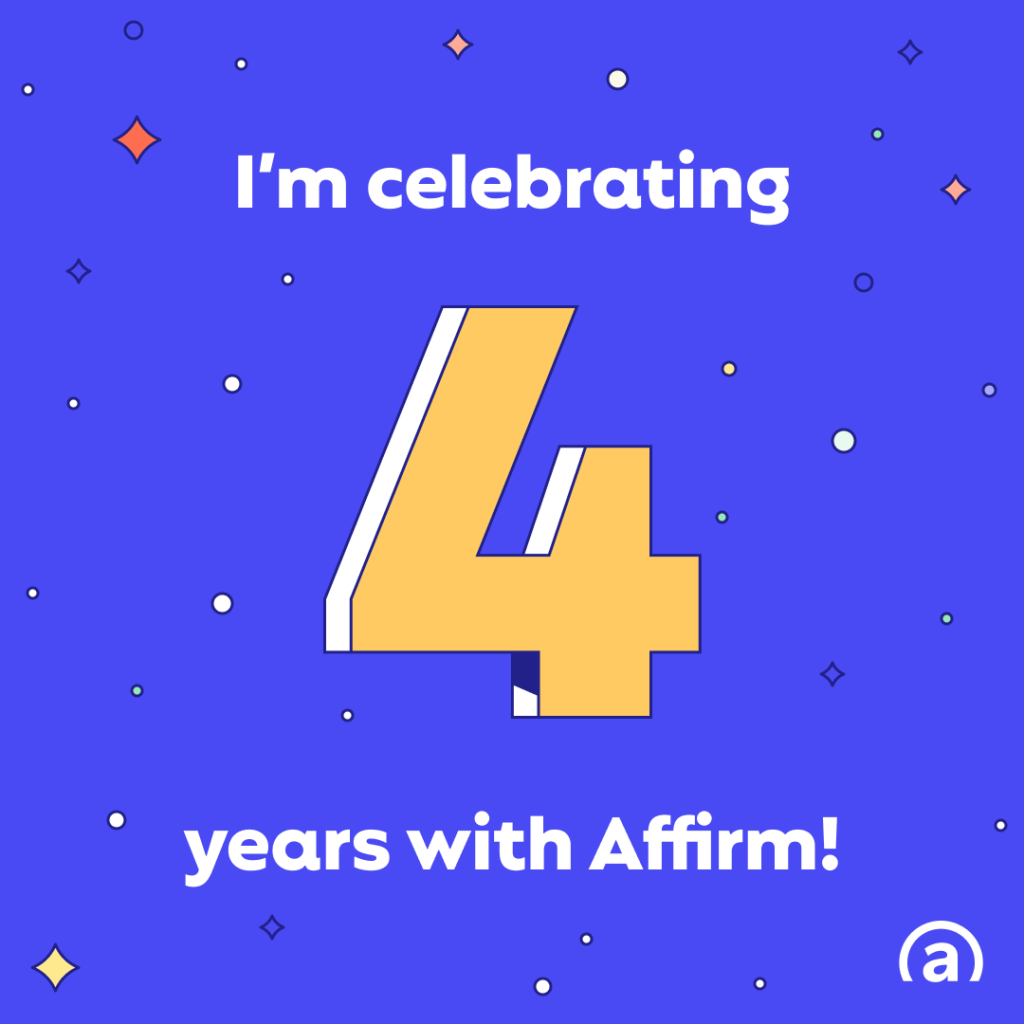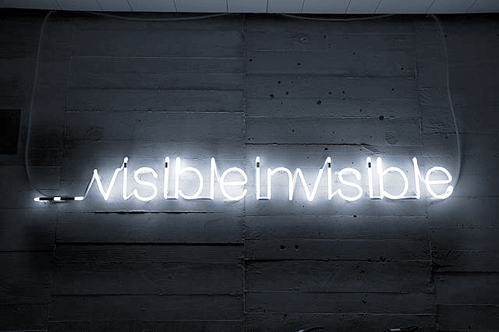Being part of a jury panel was a truly captivating and enlightening experience that allowed me to gain a deeper understanding of our justice system and the profound responsibility entrusted to citizens like myself. Over the course of three days at the Alameda County Superior Court, I had the privilege of listening to numerous stories from my fellow jurors, engaging in thought-provoking discussions with the counsel, and immersing myself in the unique atmosphere of the courtroom. This experience not only made me appreciate the significance of civic duty but also instilled a sense of pride in being a citizen of a nation where justice prevails.
Connecting with the People:
One of the most fascinating aspects of my time as a juror was the opportunity to hear the stories of the diverse individuals who comprised the jury panel. Throughout those three days, nearly 47 people introduced themselves, sharing glimpses into their lives and backgrounds. It was a reminder of how our society is composed of individuals with unique experiences, perspectives, and values. This intermingling of narratives created a rich tapestry of humanity, reminding me of the importance of empathy and understanding when considering the fate of a fellow citizen.
The Deliberation Process:
On the other side of the courtroom, the counsel, comprised of the deputy district attorney and the public defender, skillfully presented hypothetical scenarios to gauge the potential jurors’ ability to deliver fair and deliberate decisions based on evidence. These thought-provoking exercises aimed to ensure that the selected jurors would approach the case without bias or preconceived notions, maintaining the integrity of the justice system.
The Symbolism of the Courtroom:
The courtroom itself held a unique aura that added to the significance of the experience. The towering presence of the judge, seated high above the proceedings, with a grand US flag as a backdrop, evoked a sense of solemnity and reverence. It was during such moments that I truly felt like a citizen of the nation, contributing to the preservation of justice, much like when exercising my right to vote. This realization further deepened my appreciation for the intricate workings of the legal system and the importance of active citizen participation.
Serving on a jury at the Alameda County Superior Court was an unforgettable and transformative experience. It allowed me to witness the power of collective decision-making, the diversity of our society, and the symbolic significance of our justice system. This experience reinforced my belief in the fundamental principles that uphold our nation’s democracy and the invaluable role citizens play in ensuring justice prevails.
As I reflect on my time as a juror, I am filled with a profound sense of gratitude for the opportunity to participate in such an essential aspect of our legal system. It is through experiences like these that we can cultivate a deeper understanding of our fellow citizens, strengthen our commitment to justice, and contribute to the greater good of society.




